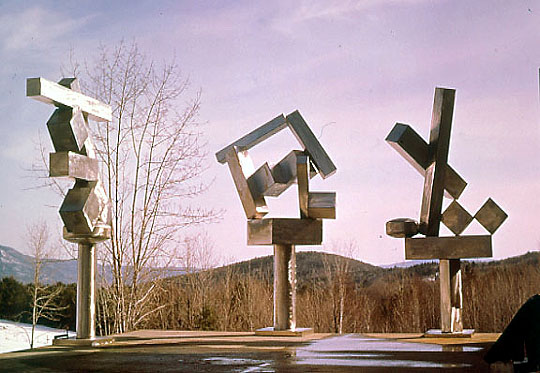
| Course Title: | Riemannian Geometry |
|---|---|
| Spring 2012 | |
| Course Number: | MATH 6170 - 1 |
| Instructor: | Andrejs Treibergs |
| Days: | T, Th 2:00 pm - 3:20 pm in LCB 121 |
| Office Hours: | in JWB 224. |
| E-mail: | |
| Prerequisites: | Some knowledge of differentiable manifolds would be useful (e.g. MATH 6510 or consent of instructor.) |
| Text: | Isaac Chavel, Riemannian Geometry -- A Modern Introduction, 2nd edition, Cambridge 2006 |
Math 6170 - - Fall 2007 homepage.
Math 6170 - - Fall 2005 homepage.
This course is useful for students of geometry, geometric group theory, algebraic geometry, topology, nonlinear analysis, general relativity and graphic design.
Abstract. Mathematicians are excited that Hamilton's Program to solve Thurston's Geometriztion Conjecture, which implies the Poincare Conjecture, is nowadays taken to be settled. The details of Perelman's breakthroughs have been thoroughly checked. Understanding the underlying machinery is one of the main goals this course.
We will start from basic notions from Riemannian Geometry and build to Perelman's Theorems. How does curvature influence the local and global geometry and topology of a manifold? We shall discuss basic examples such as hyperbolic space and Riemannian surfaces in considerable detail. An important tool is to use geodesic curves, which locally minimize length and whose behavior is influenced by curvature. We shall develop the intrinsic, classical and differential form notations in parallel. We shall develop some geometric analysis tools to study the Ricci Flow, a systematic deformation that splits a manifold into understandable pieces, used by Perelman.
Topics. We shall loosely follow Chavel's text for the bulk of the course. The material is also available in several other texts. Topics include (depending on time and student's interests):
Last updated: 1 / 25 / 12